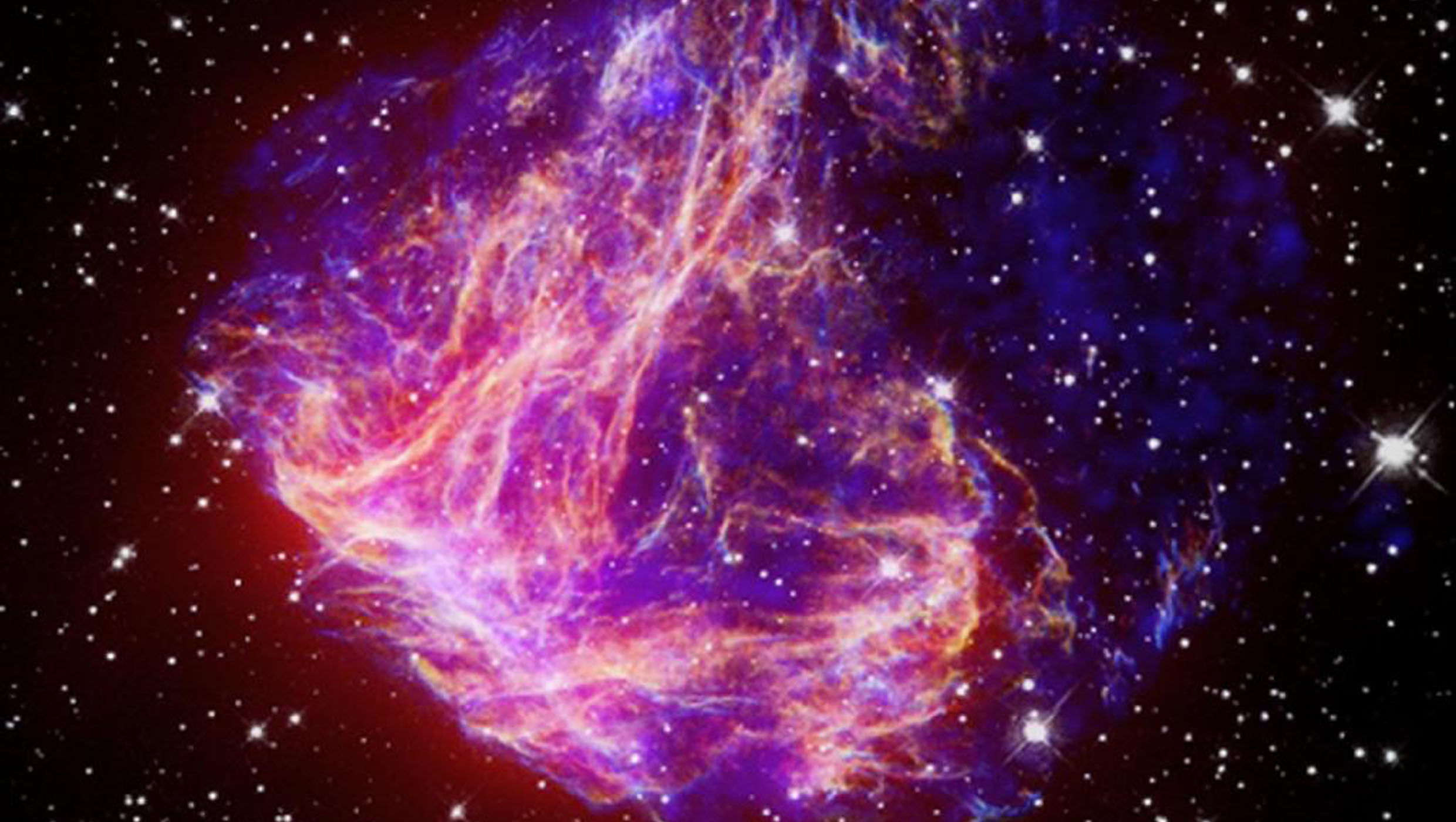Create a free profile to get unlimited access to exclusive videos, sweepstakes, and more!
The oldest stuff on Earth is 7-billion-year-old stardust that smells like rotten peanut butter

Relics of the distant past are everywhere. Craters from primordial Earth are littered with meteor shards. Dinosaur bones emerge from opal mines and other unexpected places. Strange creatures are forever frozen in rock. Even with the emergence of all these, we’ve never found anything as ancient as 7-billion-year-old stardust.
What even is stardust, really? Stars are born from the dust and gas in nebulae, and when they die, debris from these astral corpses (like that in the Large Magellanic Cloud, above) floats out into interstellar space and is sometimes resurrected into new stars, moons, planets, and meteorites. The Murchiston meteorite might have been unearthed the year of Woodstock, but it has now revealed presolar grains of stardust that are time capsules in themselves — going back much further than the hippie days. This presolar dust is even older than the solar system.
“It’s the next best thing to being able to take a sample directly from a star,” said Jennika Greer, a graduate student at the University of Chicago and the Field Museum who co-authored a study recently published in Proceedings of the National Academy of Sciences (PNAS).
That stardust is also the oldest solid substance found on Earth. Ever.
Stars burn hydrogen, and the nucleus of a star will blaze hotter and hotter over time, morphing hydrogen into helium through nuclear fusion in its core. Four hydrogen atoms need to be fused together to create one helium atom (since helium has four times the atomic mass of hydrogen). This torches an immense amount of energy. When the star runs out of hydrogen after hundreds of billions of years, it enters its death throes as a red giant and finally bursts into a supernova.
To produce stardust, the exploding star has to be five times the size of the Sun. The Sun could fit 1.3 million Earths. Just think about that for a second.
When a star that size releases a gargantuan amount of energy, that energy is enough to shine as brightly as a billion stars and generate just about every element that exists. The presolar grains found in the Murchison meteorite are silicon carbide (SiC). Finding out how old they were involved crushing fragments of the rock into a powder, which Greer said “smells like rotten peanut butter,” and dissolving it with acid to isolate them. Exposure age data was the method used to find out just how long they’ve been around. Most astronomical dating methods do not work on stardust.
“[Exposure age data] basically measures [the grains’] exposure to cosmic rays, which are high-energy particles that fly through our galaxy and penetrate solid matter,” said study lead Phillipp Heck, a Field Museum curator and associate professor at the University of Chicago. “Some of these cosmic rays interact with the matter and form new elements. And the longer they get exposed, the more those elements form.”
The element Heck and his colleagues were looking for was neon. It was the best option to focus on since there was little enough in the grains for the amount produced by cosmic rays to be detectable. The team recognized ... stars, which explains why anything that didn’t come from those stars was easy to identify. In this case, that was any neon which was zapped into the stardust by cosmic rays.
What is now our solar system saw its highest rate of star births 7 billion years ago, and the age of the grains was consistent with that. This is how Heck’s team was able to tell that these grains of stardust were around before the solar system was a thing.
There’s just one question left. Does that asteroid powder taste like rotten peanut butter?
(via Field Museum/PNAS)


























